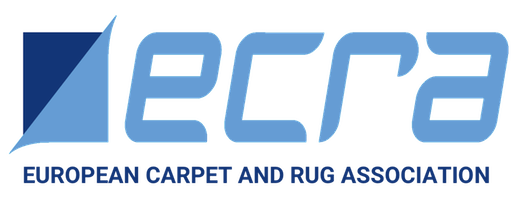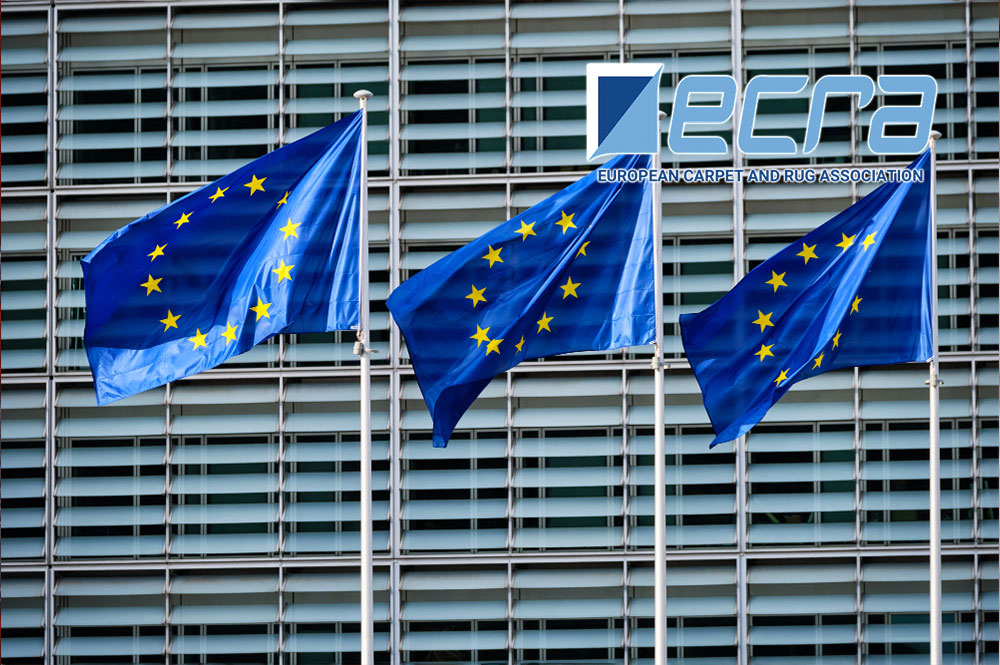
With these Voluntary Commitments, the signatories are advancing the plastics industry’s role to a next level of engagement. Recognizing that this transformation will only take place through the implementation of real solutions that are sustained by regulatory support of the EU institutions, the plastics industry is committing itself to a basket of measures and initiatives.
These Voluntary Commitments focus on the key areas of increasing the recycling rates of plastics, including resource efficiency. Furthermore, these commitments will address the main markets of the plastics industry as well as a significant proportion of the plastics waste streams.
However, supporting EU regulatory requirements are strongly needed to ensure all the objectives will be met. All stakeholders have a role to play in this major industry transformation process which will benefit both, society and the environment.
The plastics industry will stimulate the further development of such polymer value chain initiatives and will continue to look for the best solutions to improve the quality of recycled materials ready to be reused in numerous applications. These measures will ensure the final goals of all commitments will be met at the latest in 2030 and that there is a clear vision for our objectives towards 2040.
We, as the plastics industry, intend to work close together within polymer value chain initiatives to ensure technical solutions are found in closed and controlled loops or through innovations.
We call upon the EU Commission to engage and stimulate designers, specifiers, brand owners, original equipment manufacturers (OEMs) and architects to join the polymer specific platforms.
The first group is typically for interior decoration and usually within a domestic environment, whereas the second, represents all textile floor coverings falling under the EU-Construction Products Regulation
(CPR). The industry sector, represented by ECRA (European Carpet and Rug Association)
accounts for 90% of EU’s textile floor covering production.
Fibres used within the carpet industry (approximately 79%) are mainly polymer based and, depending on the final application, will comprise layers of PP, PA-6 & PA-66 and some PET. The remaining 21% is usually wool, jute, cotton or other natural fibres.
As part of it’s journey towards a more circular economy, the sector has already undertaken serious steps to investigate the collection and sorting strategies for post-consumer carpet waste (PCCW) in different market segments. This is being done collectively or through individual EPR schemes.
Carpets, have historically been designed for longevity and in many instances the expectation is that a textile floor covering will last for at least 15 to 20 years. GUT (Gemeinschaft umweltfreundlicher Teppichboden e.V.), the EU carpet industry environmental programme was founded over 25 years ago in anticipation that the industry would need some guidance in the future.
Initially focusing on issues of IAQ (indoor air quality) and HSE (health, safety and environment) during production and the product ‘in-use’ , the sector quickly eliminated dangerous substances and additives, such as halogenated flame-retardants and heavy metals.
Today, due to these widely accepted environmental design concepts, even polymers in legacy products will not contribute to recyclate contamination.
Although collection, identification and separation are key technologies, a circular economy
can only be realised when the polymers are made available for re-use at the end of a carpets’ useful life. Therefore, the cooperation and information exchange between the carpet sector, polymer producers as well as polymer processors, is of great importance.
- The carpet producers, represented by ECRA will set up an independent legal body, CRE (Carpet Recycling Europe) by June 2018, which will manage circularity and sustainability challenges of the EU carpet sector.
- It will define polymer specific recycling targets in 2019, which will be based on proven calculation models for future available waste streams and polymer content in carpet waste.
- It will set up a statistics based information system which will specifically target recycling related data.
- Project 2020“ will, for the first time, integrate circular economic and sustainability aspects, such as ease of installation, design for recycling and end of life performance, into the ongoing CEN standardisation work.
- It will integrate this standardised information into the already existing voluntary carpet labelling system GUT-PRODIS (PRODuct Information System) to allow transparent communication to private and professional end-users.
- It will accompany these measures by independent verification processes and ongoing studies to develop the best available recovery technologies for polymers in PCCW.
- It will be accompanied by studies and projects to develop new production methods to facilitate the recycling of products whilst ensuring the maintenance of today’s high consumer safety standards.
- The EU Commission and EP are invited to monitor the developments on a yearly basis and evaluate the progress towards 2030.

